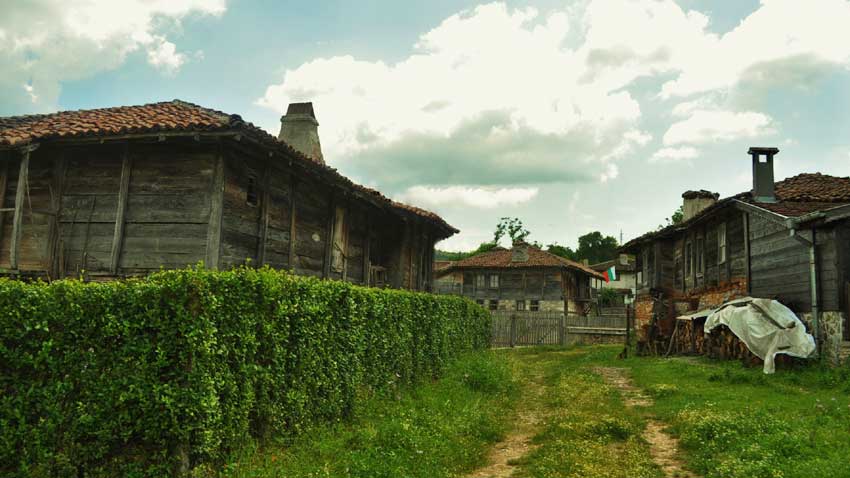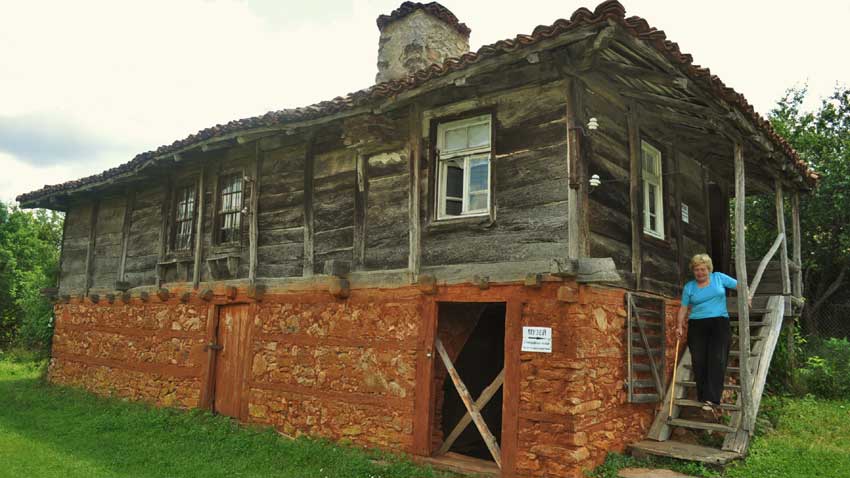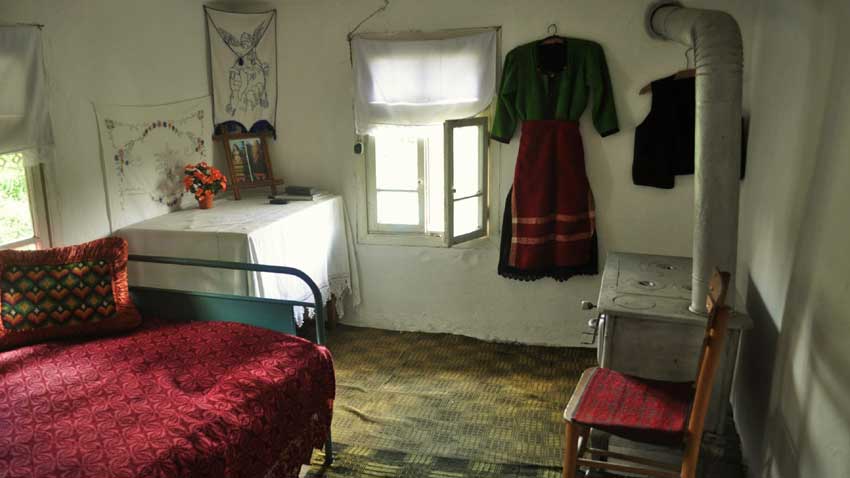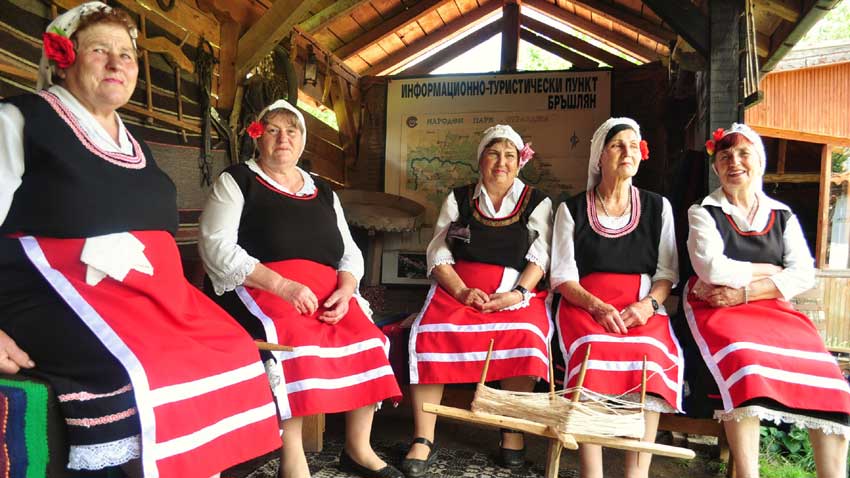People in Brashlyan still remember the times when the settlement was full of life and the local school found it hard to accommodate the kids from the area, willing to study. Now there are no more than 50 people left there. Silence and timelessness can be found in the village. However, at summer its population increases in number, mainly with folks with villas and tourists.
The village was called Sarmashik in the past, when it was within the Ottoman Empire, meaning ivy in Turkish. One way or another, due to the name or its remote location, Brashlyan does not surrender to time.

At the dawn of the 20th century the Strandja village found itself in the middle of the liberation struggles of that part of the Balkans. Locals are still telling legends on fearless gorilla leaders, slaughtered by the Turks, on houses looted and destinies broken. Nowadays the village has a true architectural treasure – over 80 authentic houses, more than 200 years old. No wonder it has been declared an architectural reserve. One of the houses has been turned into an architectural museum. Curator Marulka Kiryazova introduces us to the secrets of local craftsmanship in the construction sphere. It turns out that most of these buildings with their two floors have been built without any grounds, dug into the ground: and they have been resisting earthquakes and harsh mountain whirlwinds for centuries now. At the same time their first floor is a massive stone wall with a strange construction trick implemented for stability:

“The unusual thing about it is a wooden beam placed at each 50 – 60 cm, forming a sort of a belt,” Marulka says. “So, in cases of earthquakes this beam bends, receiving the vibrations of earth, preventing the whole building from collapsing. The ground floor was designed for animals, while people lived on the second one. It is paneled with thick oak planks, row-sliced so that the fiber was preserved strong. These planks have never been covered with any impregnating material, nor nails have been used. The planks were simply assembled into each other. They haven’t changed for the past 300 years!”

There is an ethnographic display on the second floor, with the typical fireplace, dug into the wall, along with… a local extra – a restroom on the balcony: a simple hole, cut into the wooden floor. Another old building, the so-called Balyuva House has been turned into a museum and the so-called gatherings take place in its yard. Local grannies sit on the special three-legged small chairs, dressed in a traditional manner and wearing flowers in their hair. Their repertoire includes Strandja songs, knitting, looming and other ancient activities, learnt from their moms and grandmothers. A group of Frenchmen go down the narrow streets of Brashlyan and then there is a herd of foals, grazing freely in the main square. The old St. Dimitar Church, dug into the ground can be found in it with the cell school, now also an attraction. Boys, aged 12 – 13 used to study in that tiny room. They sat on the floor of clay and used wax plated, not notebooks or computers. The kids would write down carefully the Cyrillic letters with tiny sticks and at the end of the lesson the wax was melted down in the fireplace. The plate was smoothed manually – simply and easy!

One can enjoy hospitality at the local guest houses, tasting their tasty homemade meals. Take a walk around the village, see the yards, covered with ivy and greenness, the houses with wooden planks, breathe in the natural beauty of Strandja’s thick forests, full of the spirit of ancient times. The natural question will be: “Is this a dream or reality?”, as Brashlyan is definitely one of the most magical places in Bulgaria…
English version: Zhivko Stanchev
Photos: Veneta Nikolova
St. Valentine's Day is the most long-awaited holiday for lovers and the Bulgarians have a special advantage as we can combine it with Trifon Zarezan- the holiday of wine. And when there is wine, there is love. This wonderful symbiosis..
Bulgaria’s Minister of Tourism Miroslav Borshosh held a working meeting in Brussels with Glenn Fogel, Chief Executive Officer and President of Booking Holdings. The meeting took place during Destination Europe Summit organized by the European Travel..
The flow of visitors to the Bulgarian stand at the 28th East Mediterranean International Tourism & Travel Exhibition EMITT does not stop. The exhibition is held until February 7 in Istanbul and is among the five largest tourism..

+359 2 9336 661
